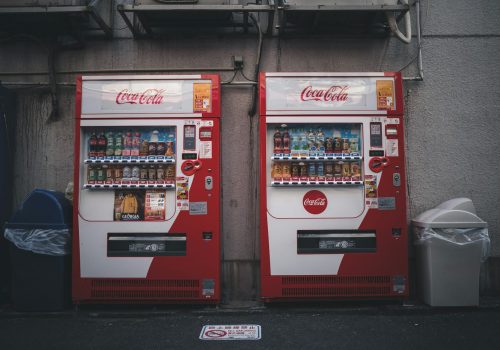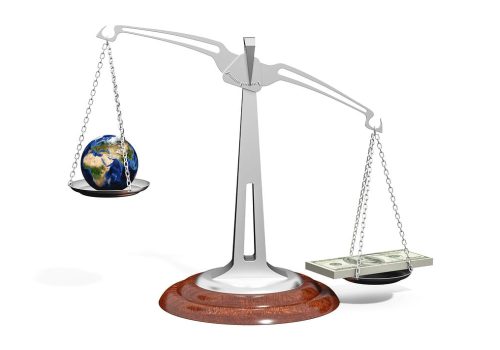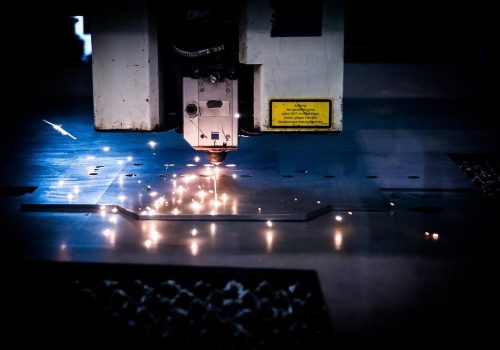All You Need to Know About GRP Flooring
Glass Reinforced Plastic (GRP) flooring has evolved into a critical solution for industries prioritising durability, safety, and efficiency. Renowned for its advanced engineering and performance benefits, GRP flooring is more than just a material; it is a strategic investment in longevity and operational safety. Here’s an in-depth look at why GRP flooring is dominating industrial and commercial spaces.
Revolutionising Material Composition
GRP flooring leverages a composite of fibreglass and polymer resin to create an ultra-strong yet lightweight material. Unlike traditional flooring options such as steel or timber, GRP offers high tensile strength without sacrificing flexibility, enabling it to withstand constant pressure, heavy loads, and corrosive environments. This advanced material science ensures the flooring remains intact under the harshest conditions, making it indispensable for sectors such as marine, chemical processing, and transportation.
Unparalleled Resistance and Durability
Industries working in challenging conditions—where moisture, chemicals, or high-impact wear are common—require solutions that endure. GRP flooring provides excellent resistance to corrosion, UV rays, and environmental degradation. Its capacity to maintain structural integrity over decades makes it a cost-effective alternative to metal or wood, which are prone to rust, rot, and warping. By eliminating frequent replacements, businesses can achieve long-term savings while ensuring operational continuity.
Strategic Safety Enhancements
Safety is paramount in high-risk environments, and GRP flooring stands out for its advanced anti-slip properties. Engineered with grit surfaces, it ensures maximum traction even in wet or oily conditions, reducing the likelihood of workplace accidents. Additionally, GRP flooring is fire-retardant, an essential feature in facilities requiring adherence to stringent fire safety regulations. These characteristics not only mitigate risks but also help organisations maintain compliance and protect their workforce.
Low Lifecycle Costs
GRP flooring requires minimal upkeep, a crucial advantage in reducing operational downtime and maintenance expenses. Traditional materials like metal sheets demand routine painting, sealing, or repairs, whereas GRP only needs periodic cleaning to retain its condition. This efficiency in maintenance allows companies to focus resources on core activities, maximising productivity.
Sustainability and Future-Readiness
With increasing pressure on industries to adopt sustainable practices, GRP flooring aligns with environmental objectives. Many manufacturers now utilise recyclable fibreglass and eco-conscious production methods. Opting for GRP not only enhances business sustainability credentials but also future-proofs facilities against tightening environmental regulations.
Conclusion
Strategically, GRP flooring offers unmatched value by integrating durability, safety, and eco-friendliness into a single solution. Its advanced material composition ensures resilience in harsh conditions, while its cost-effectiveness and minimal maintenance add operational efficiency. For industries seeking a robust, long-term flooring investment that aligns with modern safety and sustainability demands, GRP flooring delivers on every front.





